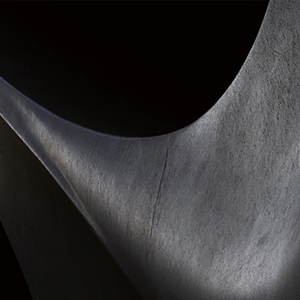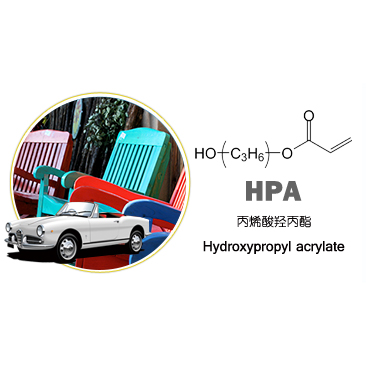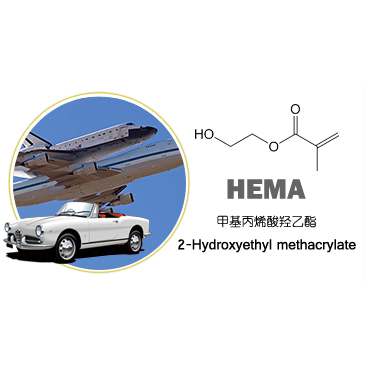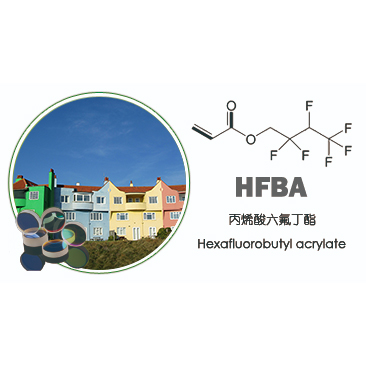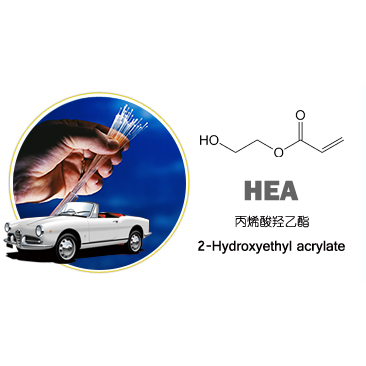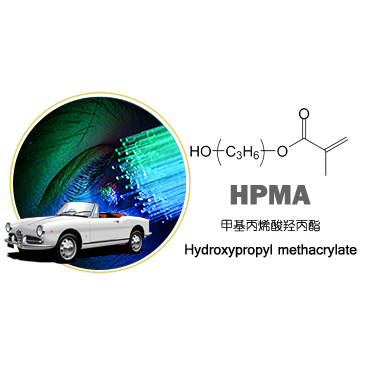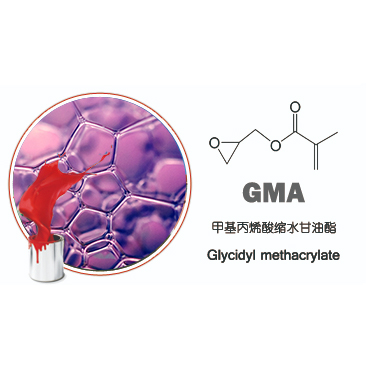- E-mail : info_marketing@jindunchemical.cn
- Phone : +86 21 64057580
- Address : Shanghai China
Hydroxyethyl methacrylate PHEMA is a medical polymer material with good market prospect
Hydroxyethyl methacrylate PHEMA is a medical polymer material with good
future market prospect
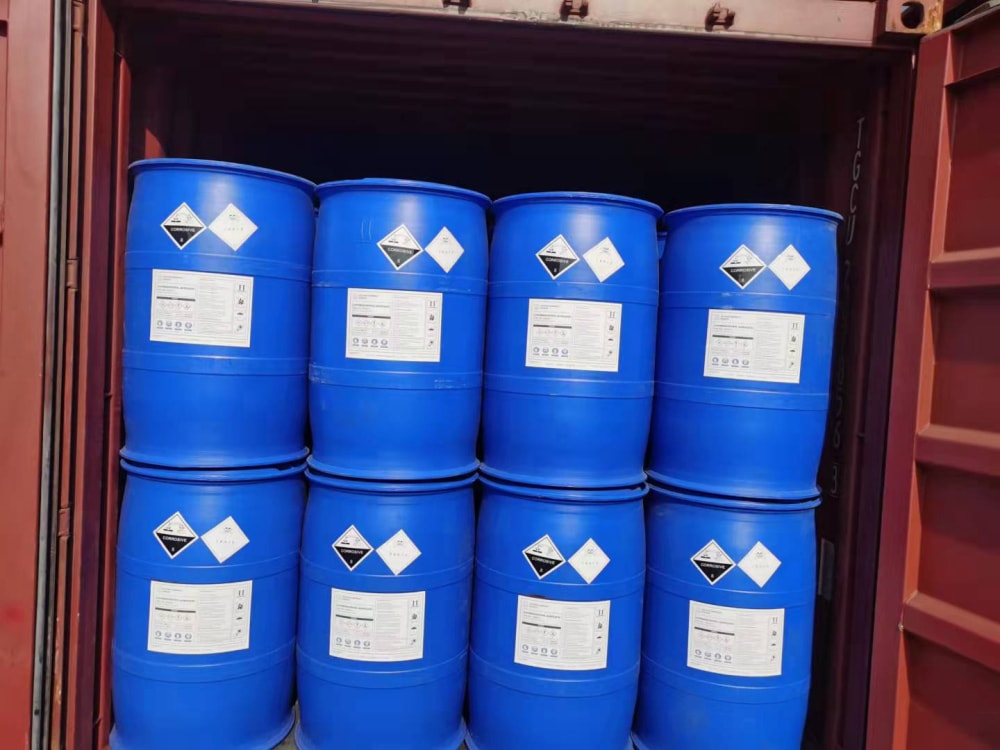
Polyhydroxyethyl methacrylate, abbreviated as PHEMA, is a homopolymer or
copolymer of hydroxyethyl methacrylate. The appearance of hydroxyethyl
methacrylate is colorless and transparent liquid, with good fluidity and
excellent optical properties, miscible with water and soluble in many organic
solvents. Hydroxyethyl methacrylate is a hydrophilic polymer with water
absorption up to about 40% of its weight. It can be widely used in medical
polymer materials, chemical reagents, adhesives, resin modifiers, coating
modifiers, rubber modifiers, fiber finishing agents and other fields.
Medical polymer materials are the main application market of hydroxyethyl
methacrylate. Hydroxyethyl methacrylate can be used to manufacture contact
lenses, which is one of the main materials for producing contact lenses that can
be worn for a long time due to its excellent optical properties, good
bioaffinity, high water content, high softness, and good breathability. Affected
by the increasing pressure of work and study, excessive use of electronic
products and other factors, the number of myopia patients in China is huge, has
exceeded 600 million people, so the size of China's contact lens market
continues to expand, by 2020 has reached more than 18 billion yuan, favorable to
the development of China's polyhydroxyethyl methacrylate industry.
Hydroxyethyl methacrylate is also an important material for optical lens
pillar, and the optical lens pillar and peripheral stent are the two major
components of artificial cornea. Hydroxyethyl methacrylate has excellent light
transmission, good refractive index, high water content, and certain
permeability to gas, electrolytes, glucose, etc. It is suitable for
manufacturing artificial cornea and is the earliest artificial cornea material
used. The number of corneal blindness in China is over 4 million and still
growing, the demand for corneal transplantation is rising, and the market space
for artificial cornea is large, which can reach $16 to $20 billion, bringing a
broad development space for the industry of hydroxyethyl methacrylate.
According to the report "2021-2025 Hydroxyethyl Methacrylate (PHEMA)
Industry Deep Market Research and Investment Strategy Recommendations Report"
released by the NewSI Industry Research Center, at this stage, Japan, the United
States, Germany, China and other countries have the capacity of mass production
of hydroxyethyl methacrylate, and the main manufacturers are Japan Mitsubishi
Chemical, Japan Asahi Kasei, Germany Evonik, the United States Dow Chemical,
etc. Foreign enterprises, as well as Shanghai Huayi, Dongming Changshengyuan,
Jiangsu Sanmu, Chizhou Fangda and other domestic enterprises. Compared with
Japanese enterprises, China's polymethyl methacrylate industry is deficient in
technology, mainly in the production of low-end products, and the demand for
high-end products is more dependent on foreign countries. In the future, the
structure of China's polymethyl methacrylate industry needs to be continuously
optimized.
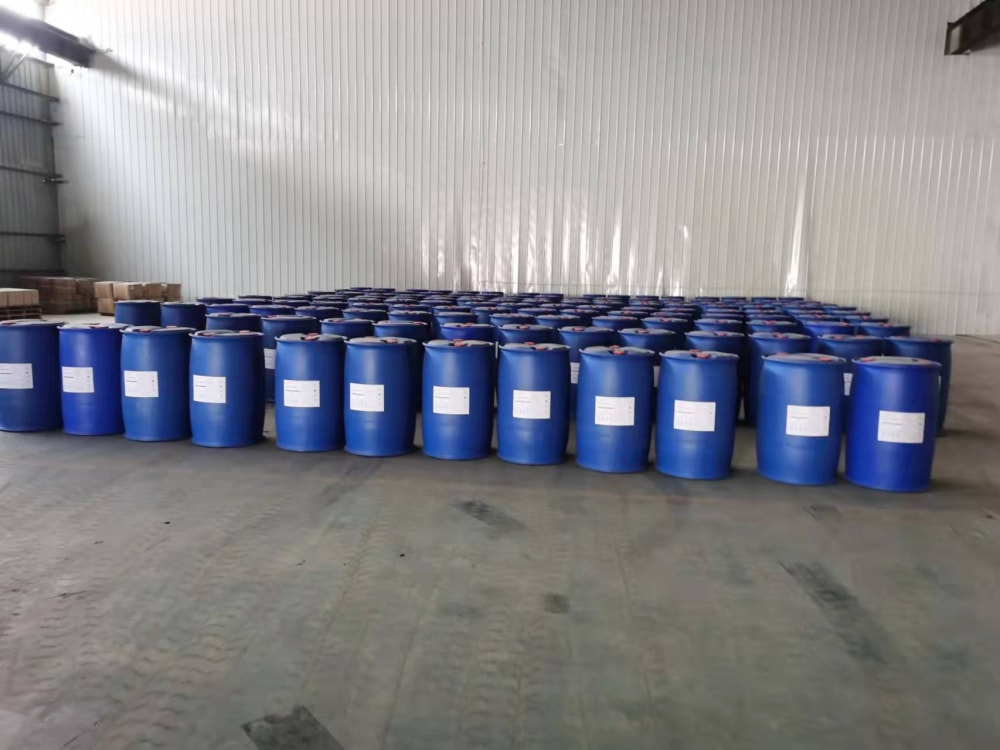
New thinking industry analysts said, polyhydroxyethyl methacrylate in the
field of medical polymer materials in high demand, mainly used to produce
contact lenses and artificial cornea. China's contact lens market is large, with
the national requirements for aesthetic improvement, the contact lens market
shows rapid growth; China's technology in the field of artificial cornea
continues to break through, the domestic artificial cornea will soon be mass
production for clinical use, the future market size will expand rapidly. In
general, the downstream industry is developing well, which is favorable to the
development of China's polyhydroxyethyl methacrylate industry, but at this
stage, the productivity of high-end polyhydroxyethyl methacrylate in China is
still insufficient, and there is still more room for progress in the future.
-
date
2022-10-10
-
location
Shanghai, China






































